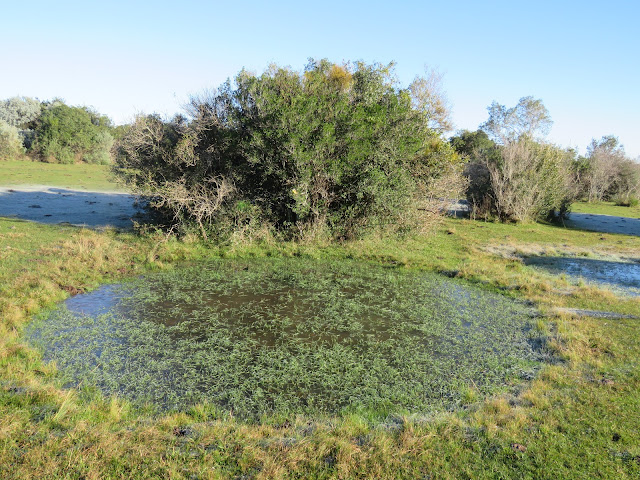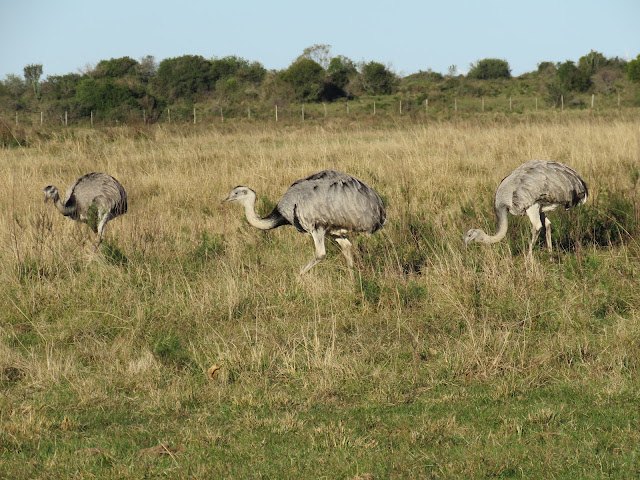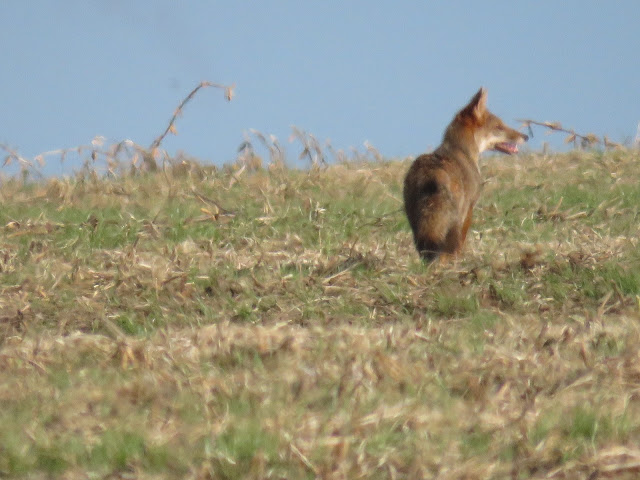sexta-feira, 14 de setembro de 2018
quarta-feira, 12 de setembro de 2018
South American coati or ring-tailed coati
Coatis are fast-moving guys and very difficult to photograph.
These fotos and short movies were the best I could do when I suddenly happen to see them crossing the harvested fields or feeding near the forests.
As you can see, it is very hard to approach without frightening them.
These fotos and short movies were the best I could do when I suddenly happen to see them crossing the harvested fields or feeding near the forests.
As you can see, it is very hard to approach without frightening them.
quinta-feira, 2 de agosto de 2018
Capybara (Hydrochoerus hydrochaeris)
 |
These fat capybaras were grazing a lush pasture of ryegrass near the river.
As we approached them, they ran and hid themselves on the forest.
|
 |
| This is a detail of the previous picture. |
 |
| This one was taken after the shooting of the 38-seconds-film. Enjoy it, and feel some of the thrill I felt when I was shooting it! Pay attention at 1'48'' |
sexta-feira, 20 de abril de 2018
Southern lapwing (quero-quero) flying near Pampas fox (graxaim-do-campo)
 |
| Southern lapwing (quero-quero, Vanellus chinensis). You can see the spurs (esporões) on the top of the open wings. |

 |
| Suddenly, this quero-quero decided to fly, and I had the luck to capture some unusual photographs. See below. |
|
Southern lapwing (quero-quero) & Pampas fox (graxaim).
|
 |
| Southern lapwing (quero-quero) & Pampas fox (graxaim). Brazil, State of Rio Grande do Sul. |
 |
| Southern lapwing (quero-quero) & Pampas fox (graxaim). Both species were feeding on a recently harvested plot of soybeans. |
 |
| Southern lapwing (quero-quero) & Pampas fox (graxaim). On the top of the picture, you can see a crop of soybeans, ready to be harvested. |
 |
 |
Pampas fox (graxaim-do-campo) I
 |
These fotos were taken yesterday (April 19, 2018) afternoon.
|
 |
| Two graxains were hunting. |
 |
| They were roaming over a recently harvest soybeans field. |
 |
| There are two species of wild canids in RS. |
 |
| This one here, if I am not mistaken, seems to be the "graxaim-do-campo", or Lycalopex gymnocercus. |
 |
| Here he or she stopped to eat something. |
 |
| The wild canid bordered a soybeans plot that was not harvested yet. |
 |
 |
| Information about this species can be found here. |
 |
This blog explains how to distinguish the two species of graxaim.
|
Assinar:
Comentários (Atom)



































